Historical images
| What happened this month | Image | Title | Description | Posted |
|---|---|---|---|---|
| This month 61 years ago… | 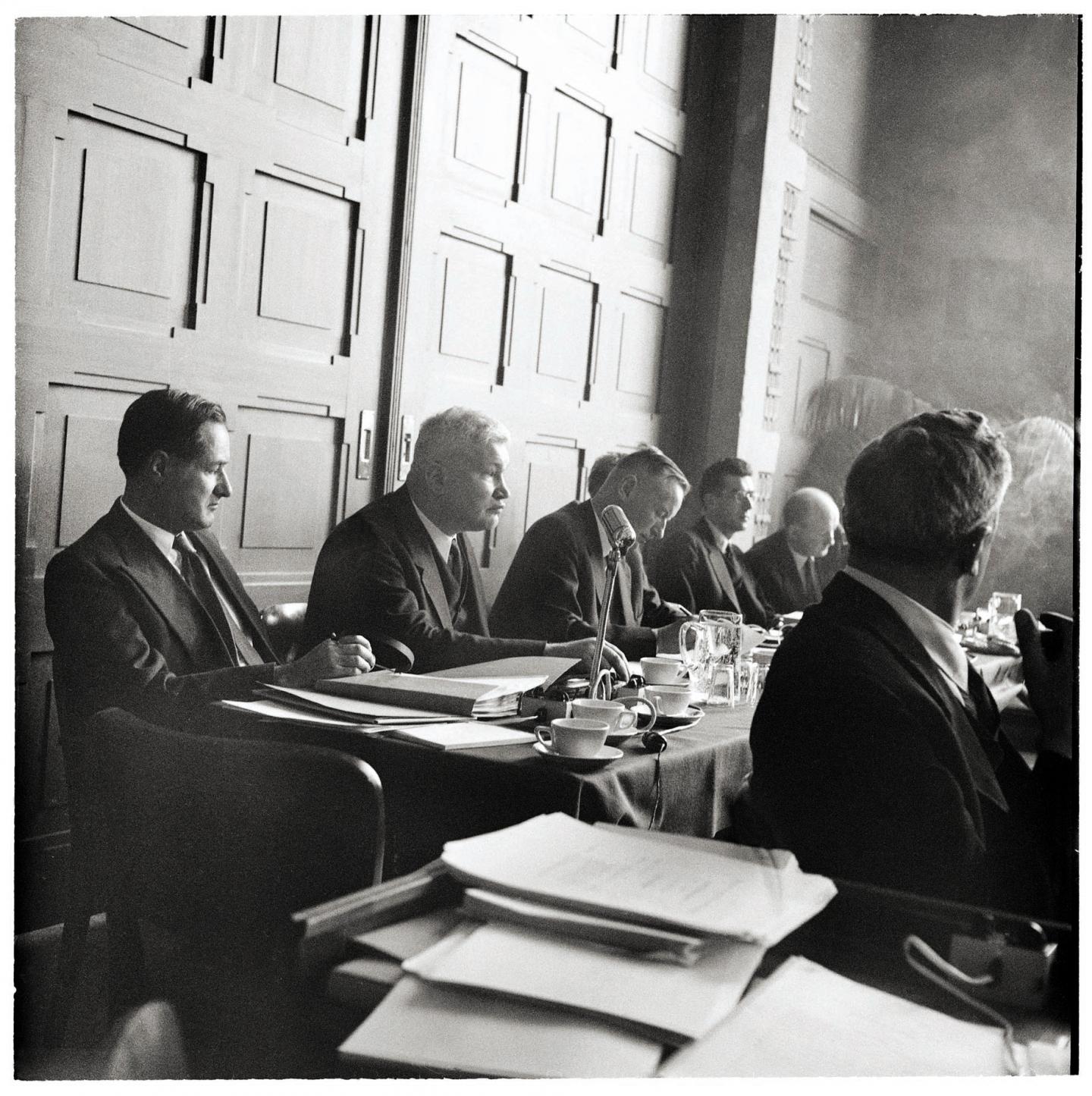
|
2 November 1954 – “OERN is difficult to pronounce in most languages” | Has it ever struck you as odd that the initials CERN refer to an organization that ceased to exist when the current organization was created? If so, you’re not alone. The Conseil Européen pour la Recherche Nucléaire was a provisional body set up in 1952 to establish a world-class fundamental physics research centre in Europe. It was dissolved when it had successfully accomplished its mission but by then, of course, the acronym CERN had stuck. Most people felt this wouldn’t cause any particular legal or other complications, though Lew Kowarski (second from the left in this 1955 photo) considered the idea “so silly as to be intolerable”. You can read Director of Administration Dakin’s memo on the subject here. |
|
| This month 40 years ago… | 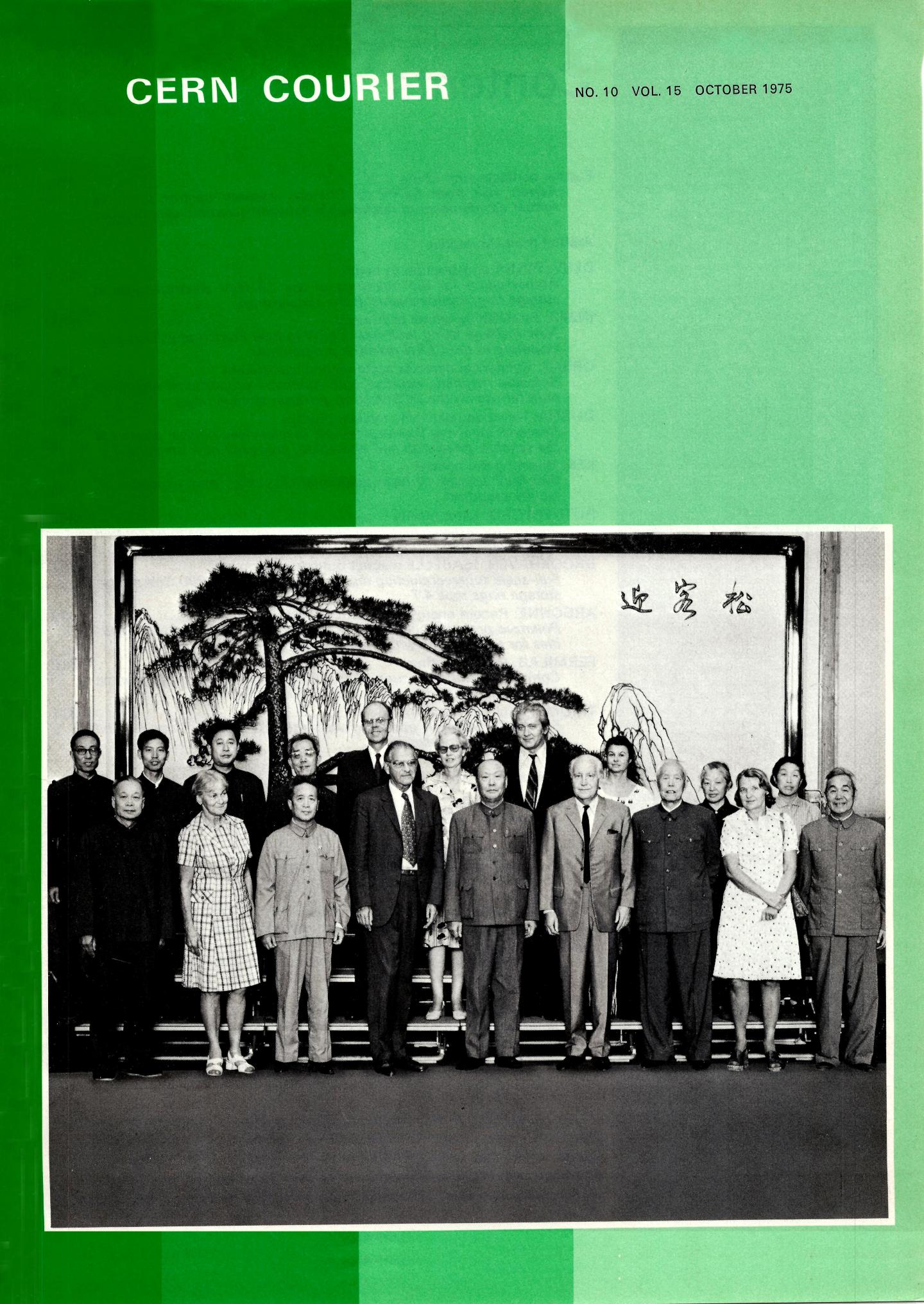
|
14 September 1975 – Chatting about physics at the National People’s Congress | A trip to China in September 1975 helped pave the way for increased contact between the scientific communities. Scientists from the People's Republic of China had visited CERN in July 1973, and the reciprocal invitation two years later featured social and scientific exchanges plus the traditional group photo. The schedule underwent several changes, you can see a draft here. The visitors assured their hosts that Chinese physicists and engineers would be welcome at CERN for longer periods. ”At first, their reaction was polite agreement as to the desirability of such visits,” reported Viktor Weisskopf. “On September 14, we were received by a high government official: Wu Lein-fu, Vice Chairman of the Standing Committee of the National Congress [centre front of photo]. This man supported the proposal of extended visits of Chinese physicists and engineers to CERN, by quoting a Chinese proverb: "One eye is better than a hundred ears”. I had the impression that, from then on, the Chinese physicists talked much more about extended visits to CERN." You can read more about it in the October 1975 issue of the CERN Courier. |
|
| This month 97 years ago… | 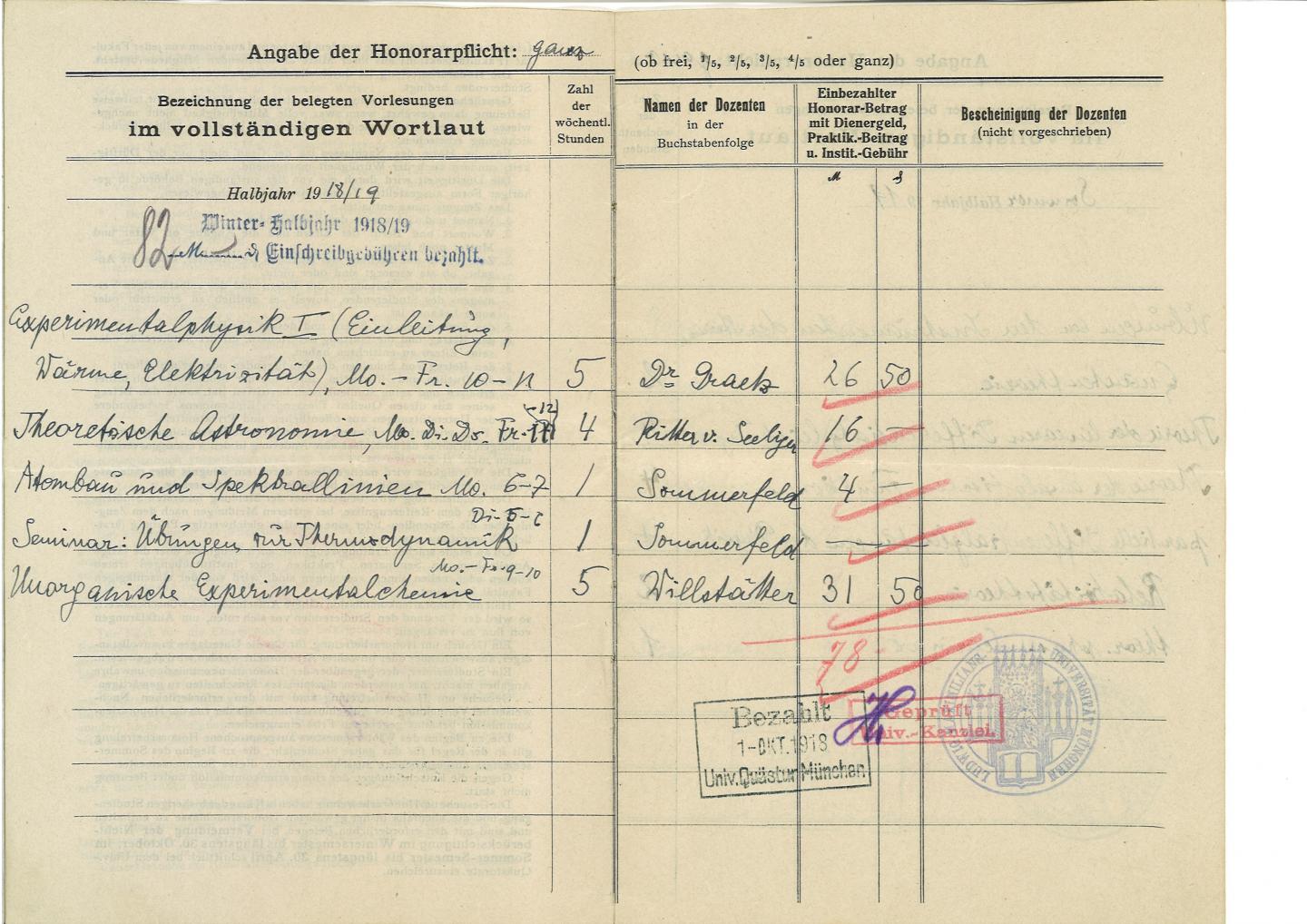
|
4 October 1918 – Wolfgang Pauli begins his studies in Munich | In October 1918 Wolfgang Pauli left Vienna to study at the University of Munich. His Kollegienbuch gives a glimpse of the lecture courses he followed. During the first semester Pauli attended a couple of morning courses (Unorganische Experimentalchemie and Experimentalphysik I), but gradually the nightlife of Munich claimed more of his attention. He would return late and continue working through much of the night, developing the habit of dropping in only towards the end of morning lectures to check the blackboard and see what he had missed. Sommerfeld tolerated this from his brilliant student, and Pauli achieved the highest mark in all disciplines at the oral doctoral examination on 25 July 1921. |
|
| This month 47 years ago… | 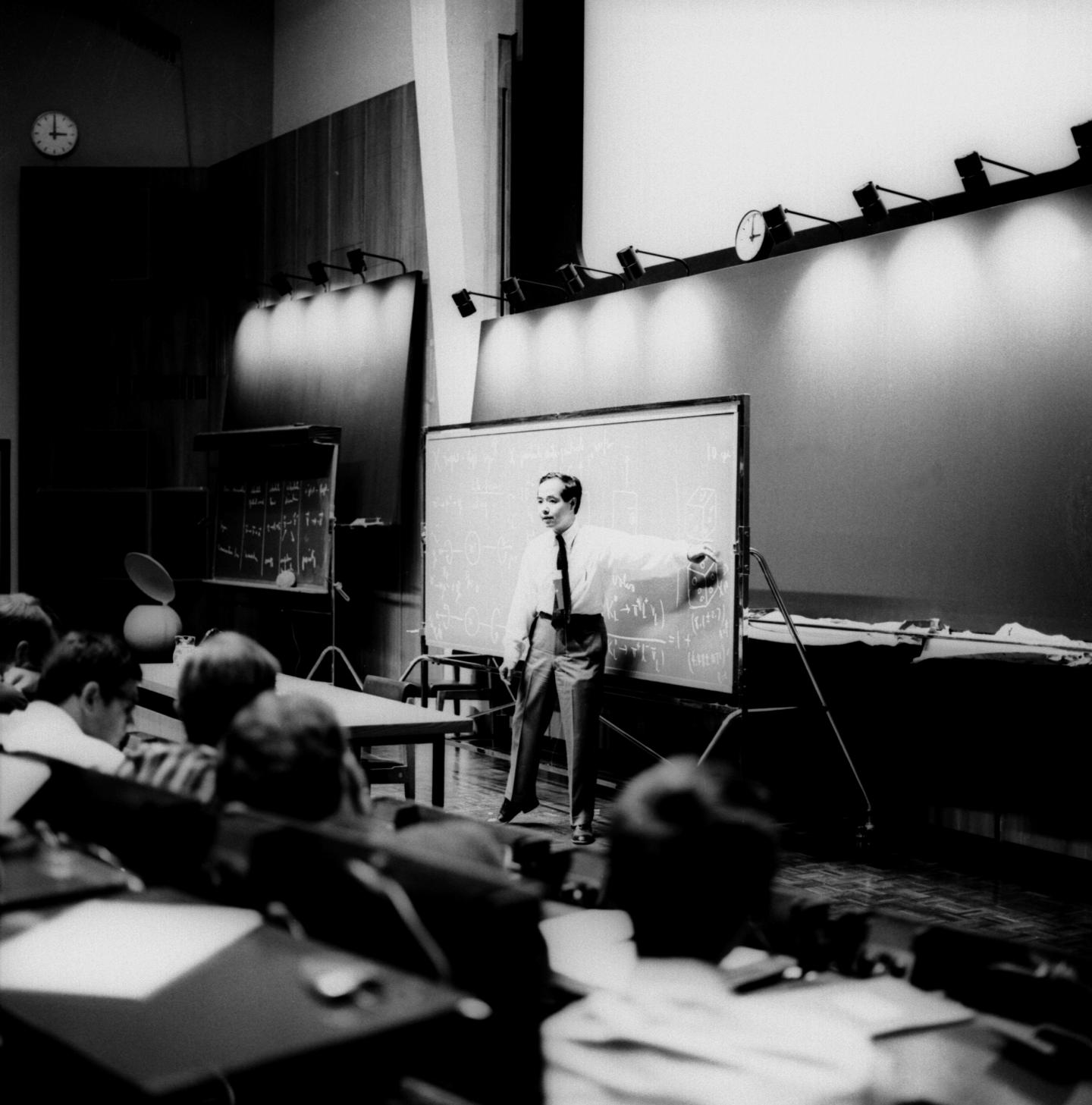
|
9 August 1968 – T. D. Lee lectures to CERN’s summer students | Summer at CERN means summer students – and a succession of distinguished speakers from within and outside the organization who share their knowledge with young scientists each year. This photo shows Nobel Prize-winner T. D. Lee explaining symmetry principles in physics to the 1968 intake. The summer student programme was set up in 1962 as an extension of the existing fellows and visitors scheme. In its first year, 70 students were selected from around 500 applicants; they stayed for 6–8 weeks, lodging at the University in Geneva or in temporary barracks on the CERN site. Since then the programme has continued to grow, and the combination of work experience, lectures, discussions and workshops – and an active social life – remains just as popular. |
|
| This month 60 years ago… | 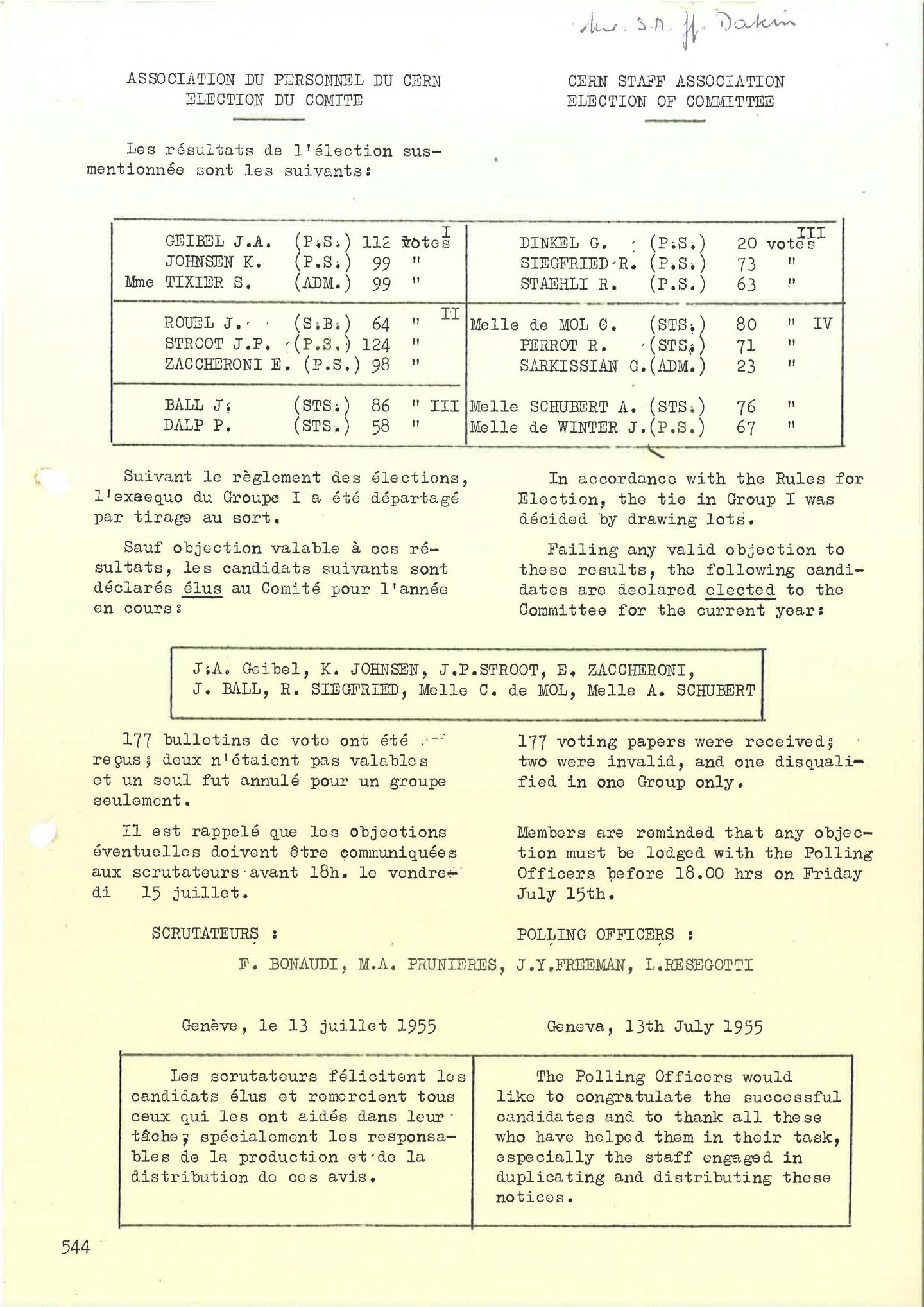
|
11 July 1955 – Election of the Staff Association Committee | Voting for the Committee members of CERN’s newly formed Staff Association closed at midnight on 11 July 1955; Messrs J.A. Giebel, K. Johnson, J. P. Stroot, E. Zaccheroni, J. Ball, R. Siegfried, Miss C. de Mol and Miss A. Schubert were duly elected, with 177 votes cast. On 21 July the Chairman, Mr A. Sarazin, requested formal recognition of the Association as sole representative of CERN’s personnel. Cornelis Bakker, who was just taking over from Felix Bloch as Director-General, was happy to grant this, with the proviso that that staff could still approach him directly if they so wished. At this time, not all CERN staff were based in Geneva and he suggested that that those in Copenhagen, Uppsala and Liverpool should also be represented by the Association. The next step was a series of meetings between management and the Association, and the creation of a consultative committee. You can read some of the relevant letters here. |
|
| This month 46 years ago... | 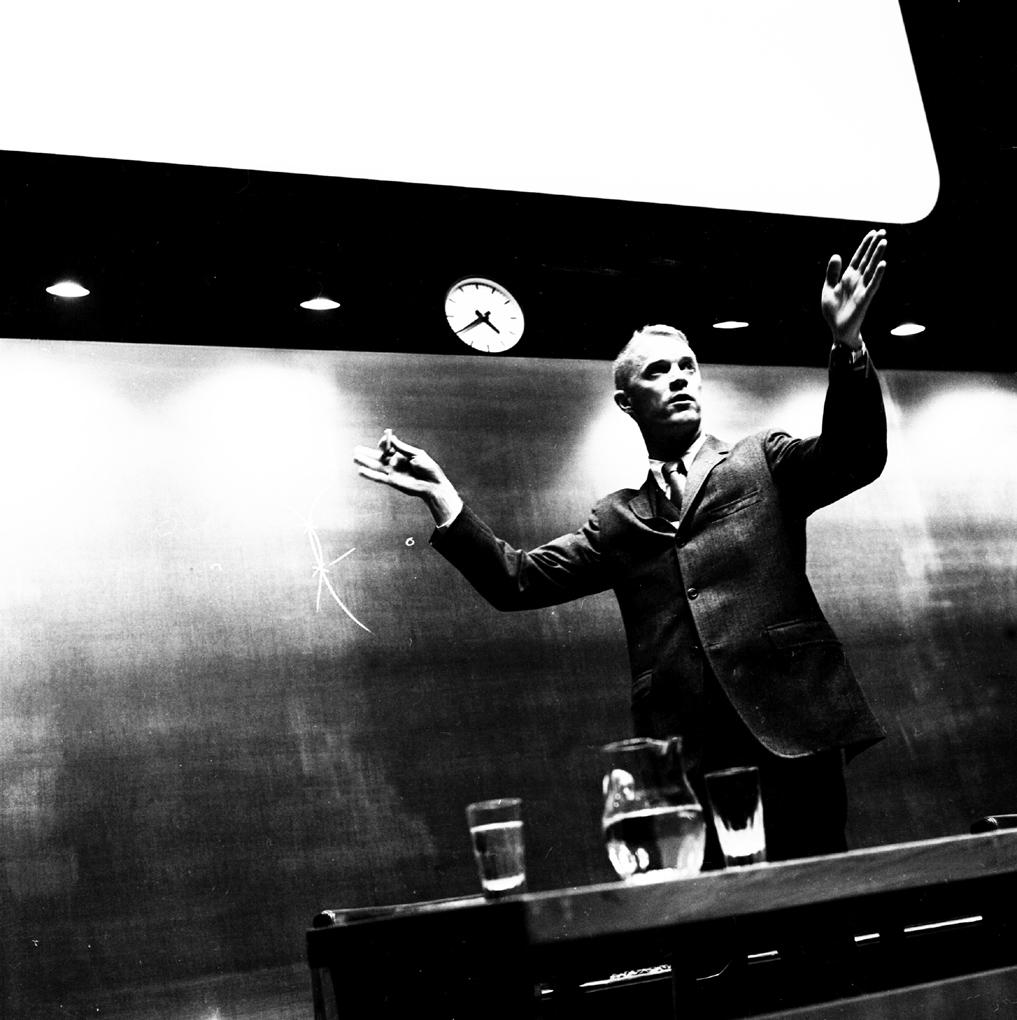
|
4 June 1969 – An Apollo 9 astronaut visits CERN | Astronaut Rusty Schweickart’s visit to CERN on 4 June 1969 was a big hit. The auditorium was packed, and his talk on The Flight of Apollo 9 and the Future of Space Exploration was screened to other equally crowded rooms around CERN. Just three months earlier he had been the Lunar Module pilot on the Apollo 9 mission, which carried out a series of tests in earth orbit paving the way for the landing of the first man on the moon on 20 July. The Lunar Excursion Module was the small spacecraft that would separate from the parent capsule in lunar orbit to carry two astronauts down to the surface of the moon and back. In the two days following Rusty’s talk a further 1,250 people watched the Apollo 9 film, and Rusty was able to return incognito for a good look round CERN. More photos and an audio recording of part of the question and answer session are available if you’d like to know more. |
|
| This month 60 years ago… | 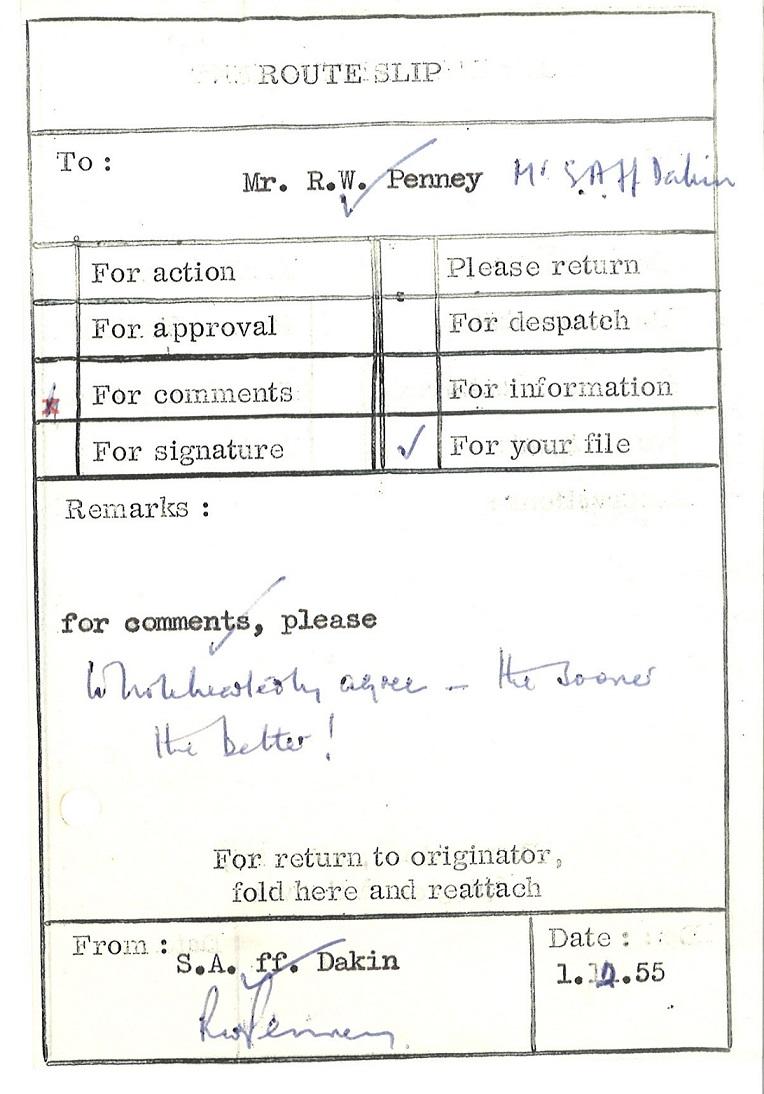
|
May 1955 – Inaugural meeting of the CERN Staff Association | “Wholeheartedly agree – the sooner the better!” – CERN’s personnel officer was enthusiastic about the idea of creating a Staff Association in 1955. The Director of Administration, Sam Dakin, was similarly encouraging, writing to the Director-General: “Very often I am conscious that in attempting to judge the needs and wishes of the staff, we have to rely on ordinary gossip and that for official comments we have only those of Divisional Directors who may not always accurately know or represent the feeling of their staff. […] In such matters as, for instance, the health insurance, scales of pay, annual leave and so on, I should feel much better satisfied that we were adapting our policy to meet the real needs of the case if we have discussed it with the staff representatives as well as with the Directors.” (You can read the letters here.) The Association held its inaugural meeting in the large lecture theatre of Geneva’s Institut de Physique at 6.15pm on Wednesday 11 May 1955. The rules and statutes were approved at this meeting and the President (A. Sarazin) and Committee members were elected over the next few weeks. |
|
| This month 115 years ago… | 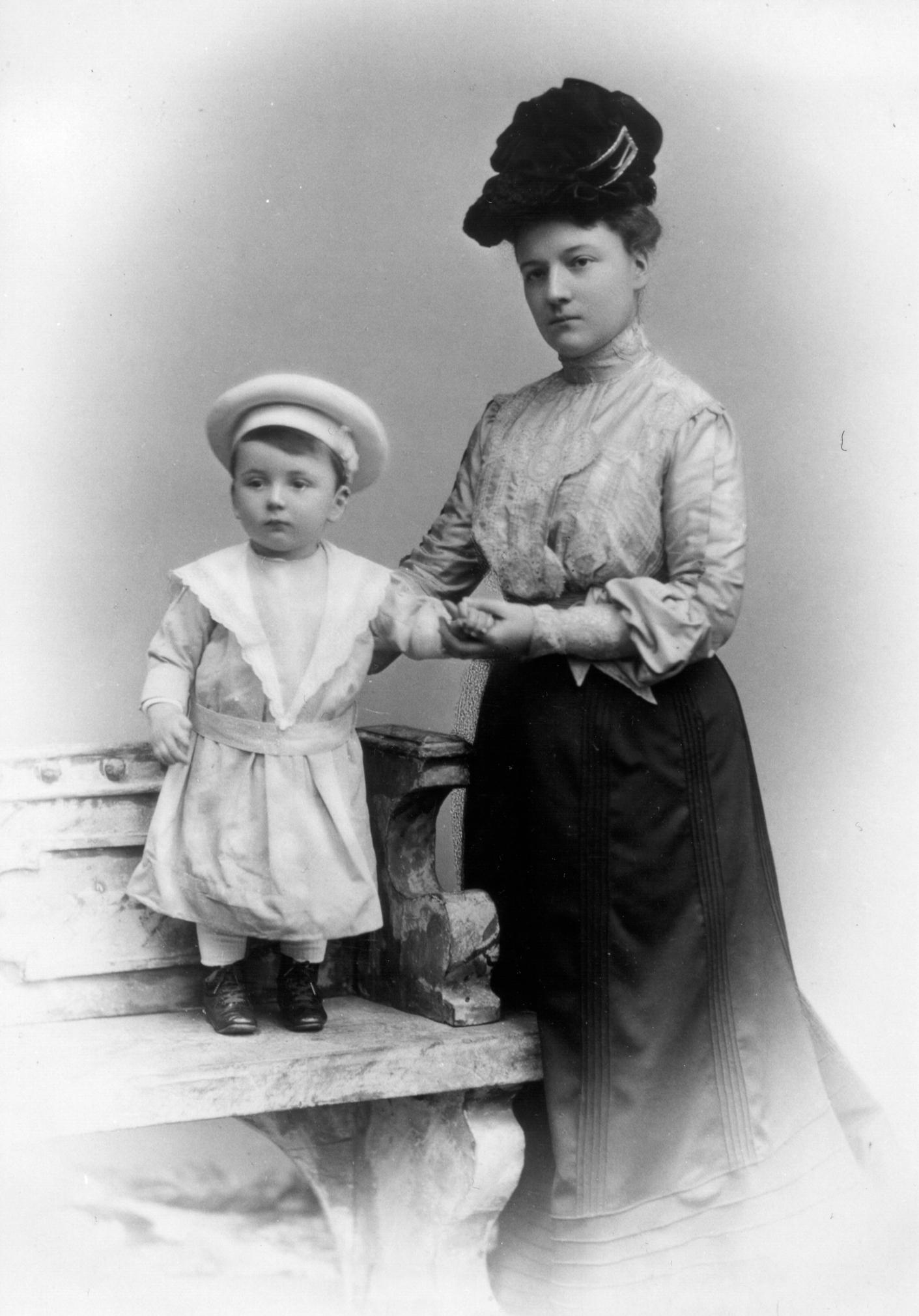
|
April 1900 – Bertha Pauli’s son Wolfgang is born | Bertha Camilla Schütz (known as Maria) was born in Vienna in 1878. A writer and journalist, she followed in her father’s footsteps as collaborator on the Neue Freie Presse, writing theatre reviews and historical essays. In 1899 she married Wolf Pauli and their first child was born on 25 April 1900. Wolfgang junior, seen here at the age of 20 months, grew up to be a Nobel prizewinning physicist, and his sister Hertha (1906-1973) became an actress and writer. Their mother was a pacifist, a socialist and a feminist, participating in the electoral campaign of 1919 to urge women to cast their newly won vote for the Social Democratic Party. She died (suicide) on 15 November 1927. |
|
| This month 54 years ago… | 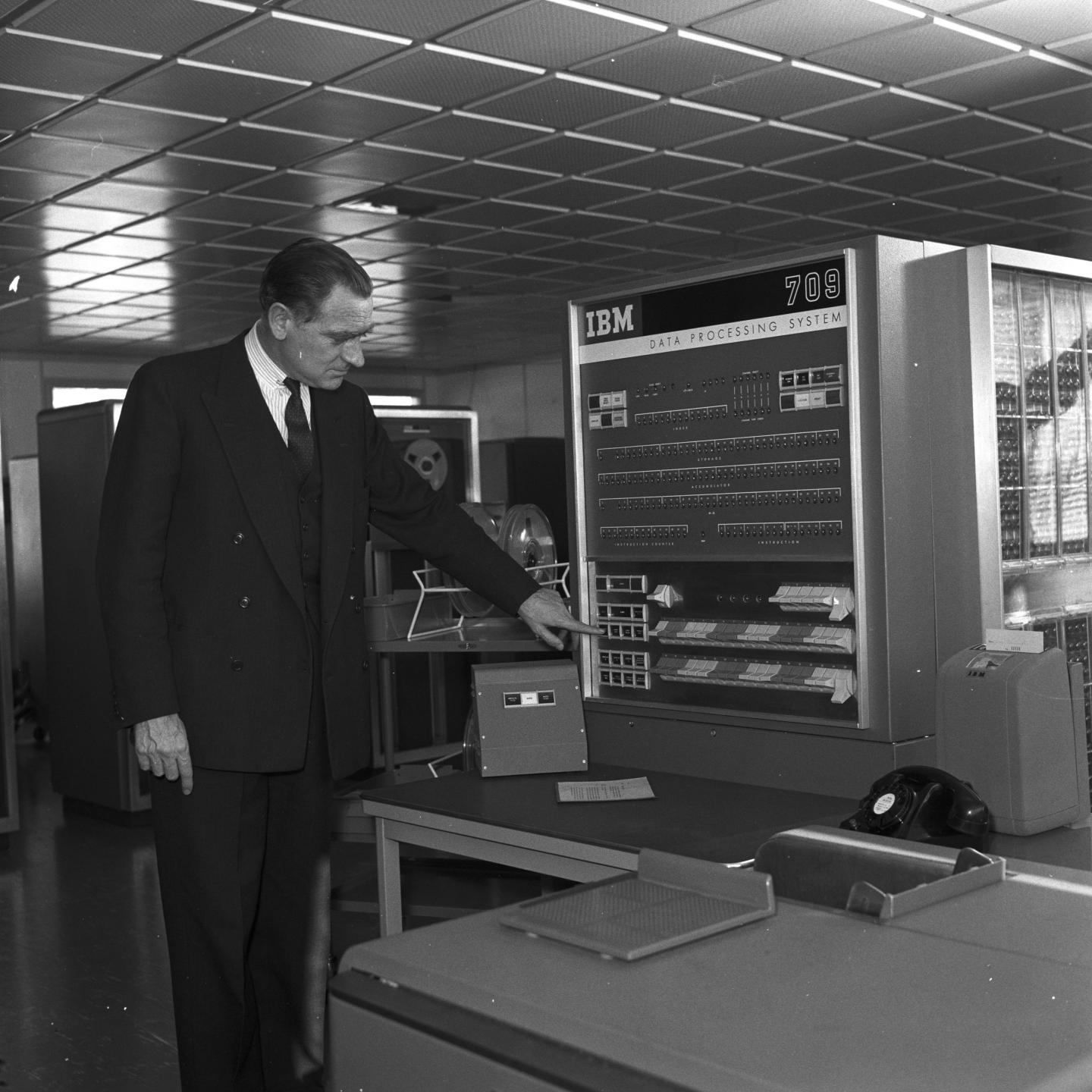
|
March 1961 – Inauguration of the IBM 709 | On 6 March 1961 François de Rose pressed the button to run the first program on CERN’s new IBM 709. The existing Ferranti Mercury computer had been working at full stretch, but increasing user demand left CERN with a backlog of computing work by the end of 1959. A larger and faster machine was essential, though with the two operating together CERN soon got its first taste of compatibility problems. Planning the inauguration of the IBM required a certain delicacy. CERN’s choice of an American computer over European ones had provoked some grumbling, and it was also important that no major Swiss academic institution was overlooked when issuing the invitations. There had been discussion of “a press conference when we could provide a reasonable number of journalists with information and, since this seemed to be required, drinks”, but in the end CERN provided facilities for a press gathering but let IBM organize this themselves. The inauguration remained a more scholarly affair; guests were treated to lunch, speeches, and a CERN visit – and a short musical performance by the new computer. |
|
| This month 69 years ago… | 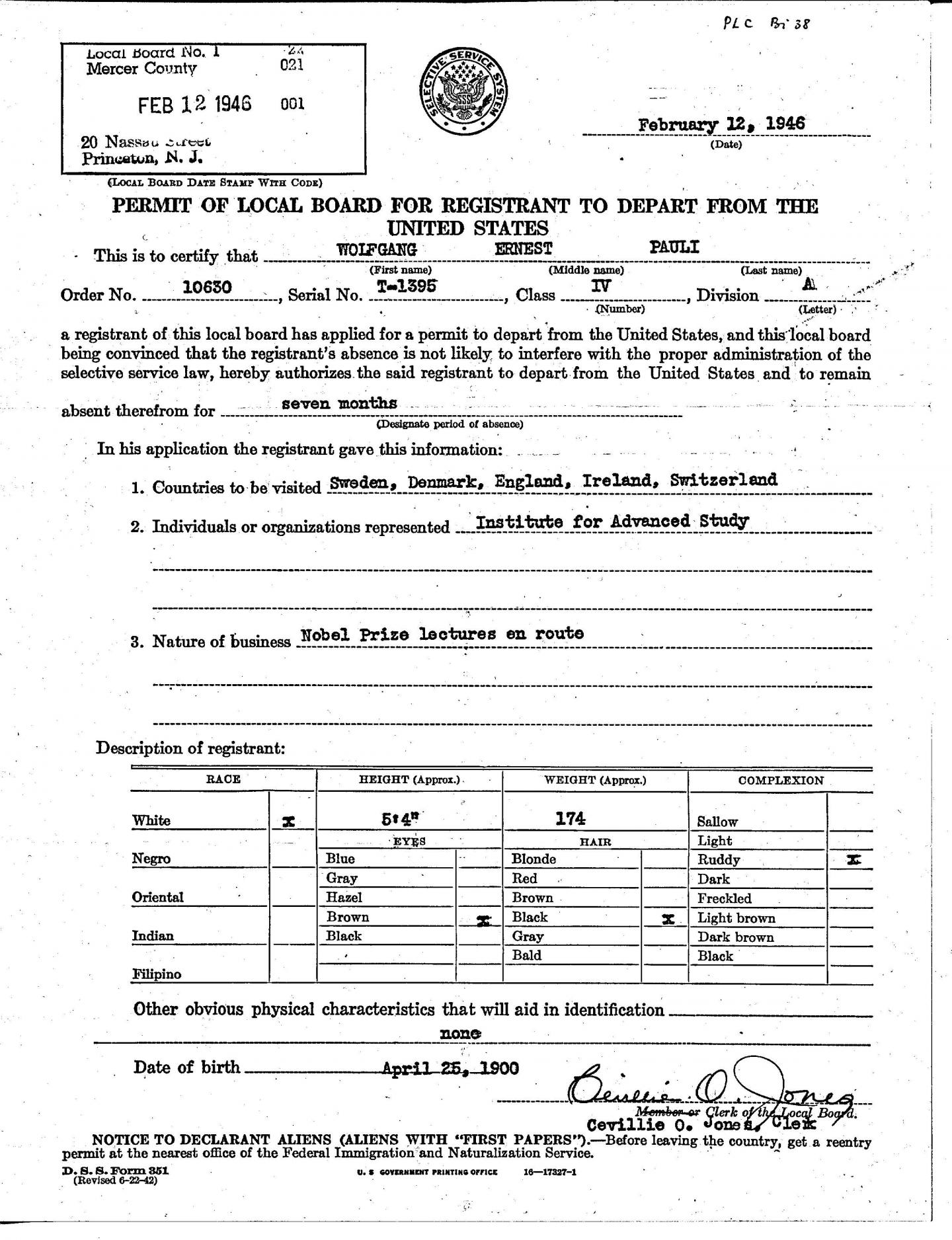
|
February 1946 - Wolfgang Pauli travels to Europe “Nobel Prize lectures en route” | In case you were wondering, Nobel prizewinning physicist Wolfgang Pauli was five feet four inches (162cm) tall, had brown eyes, black hair and a ruddy complexion and, in 1946, weighed 174 pounds (79kg). We know this thanks to the permit to depart from the United States issued to him on 12 February 1946. This document replaced a permit that had been hurriedly issued on 21 November 1945 (Countries to be Visited: “Sweden”; Nature of Business: “To accept the Nobel Prize”!) After careful consideration, Pauli had decided to postpone his trip to Stockholm until 1946, and he and his wife left for Europe at the end of February. The trip included lectures en route, and they visited Ireland, Britain and France before returning to Switzerland, where he took up his professorial duties at Zurich over the summer, and then continuing to Copenhagen for the prize giving ceremony in December. |
